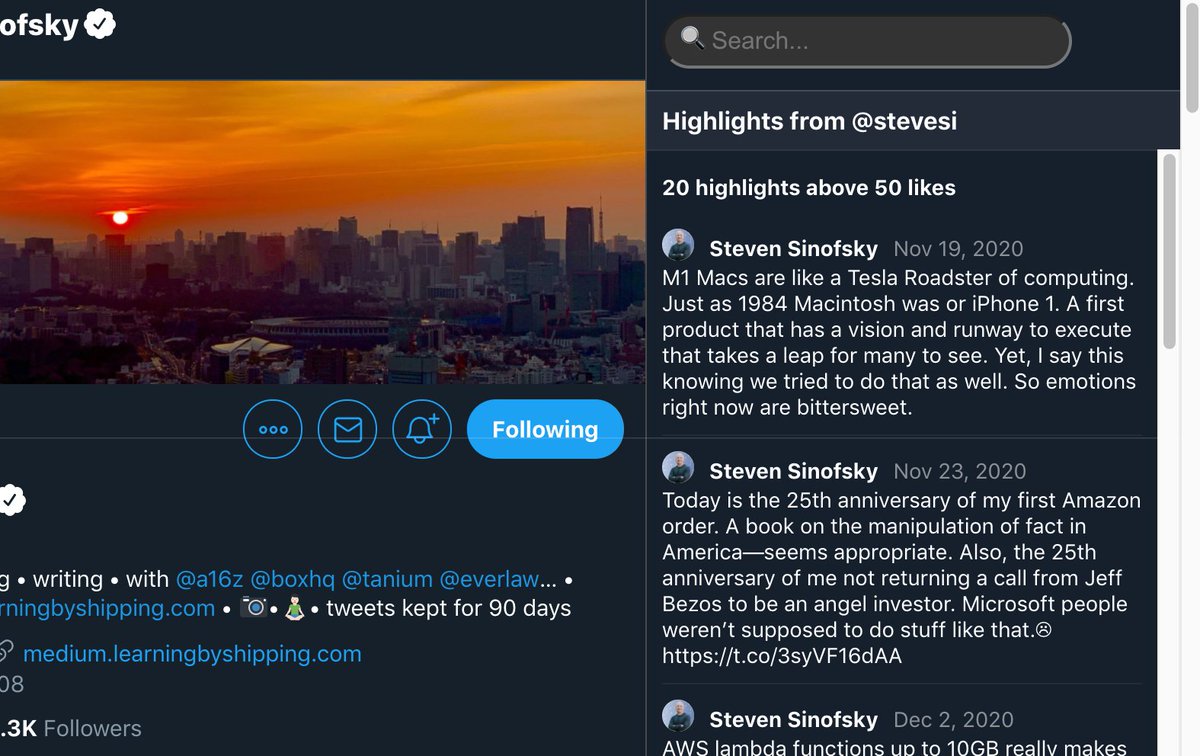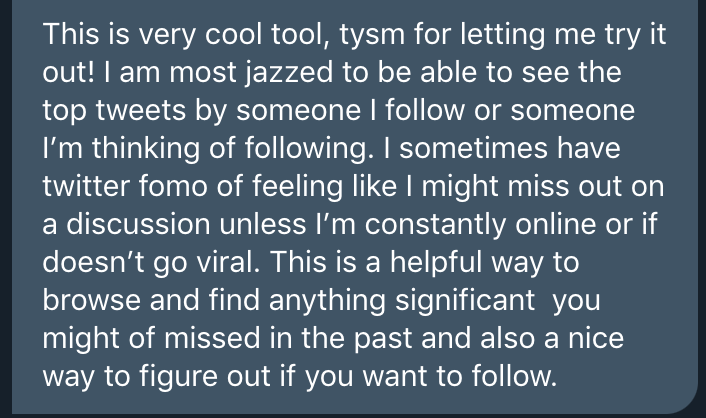
a delightful visualization of procedural terrain generation, by @OskSta:
oskarstalberg.com/game/wave/wave…
(I could only get it to run in Safari)
oskarstalberg.com/game/wave/wave…
(I could only get it to run in Safari)
My (limited) understanding:
At first, each cell in the output could be filled with any of the tiles.
When you say "this cell must have this tile", that limits what cells could inhabit neighboring tiles.
Which in turn limits the neighbors' neighbors, and so on recursively.
At first, each cell in the output could be filled with any of the tiles.
When you say "this cell must have this tile", that limits what cells could inhabit neighboring tiles.
Which in turn limits the neighbors' neighbors, and so on recursively.
What I find so fun here is that the "debug view" is overlayed on the output, rather than being in a separate pane.
It feels like "just watching the robot do the task", not "reading the code for the algorithm".
It feels like "just watching the robot do the task", not "reading the code for the algorithm".
Of course, that's not an accident, because the visual representation was cleverly designed to support the explanation.
Not always easy to do in programs with non-visual output, but not impossible either...
Not always easy to do in programs with non-visual output, but not impossible either...
https://twitter.com/geoffreylitt/status/1347215866061074432
Also reminds me of this work by @Glench, which creates an interactive UI for understanding the behavior of a Javascript library with non-visual output.
Just by "using the UI" you get a sense of how the tool works
Just by "using the UI" you get a sense of how the tool works
https://twitter.com/geoffreylitt/status/1253736115519008770
• • •
Missing some Tweet in this thread? You can try to
force a refresh












